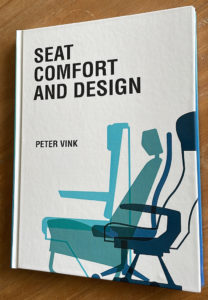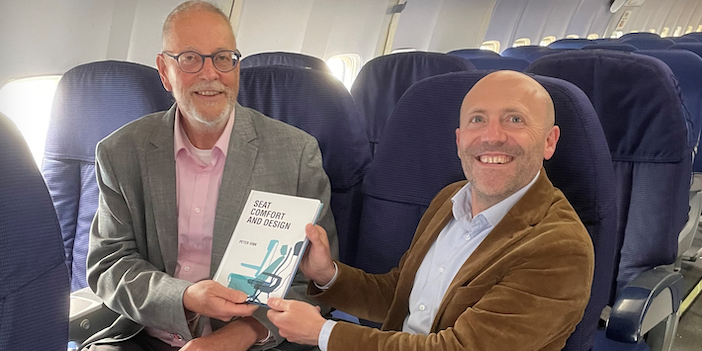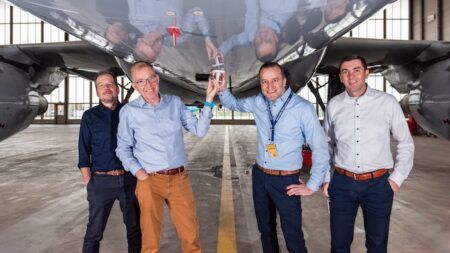Lightweight seats play an important role in reducing the energy consumption of airplanes and cars. However, some assume that this reduction in weight comes at with a corresponding reduction in seating comfort. This does not have to be the case, according to Professor Peter Vink of TU Delft’s faculty of Industrial Design Engineering, who has launched his new book ‘Seat Comfort and Design’.
“Comfort is one of the conditions consumers take into account when buying a plane or train ticket. This book gives an overview of elements important for the design of comfortable seats,” states Vink. “This overview is based on the latest scientific research findings. For instance, more and more literature indicates the importance of posture variation. Therefore, it is important to facilitate variation of posture by moving features – like controlling a game by moving the legs up – or making sure the chair does not restrict movement.”
 Both theory and practice with regard to comfortable seating are described in the book. Examples come from BMW, Boeing, the future Flying V airplane, SNCF, Long Island Rail Road and Savas Seating. Insights include the use of 3D scans in seat design, human body sensitivity and comfort research that can help optimise seat design.
Both theory and practice with regard to comfortable seating are described in the book. Examples come from BMW, Boeing, the future Flying V airplane, SNCF, Long Island Rail Road and Savas Seating. Insights include the use of 3D scans in seat design, human body sensitivity and comfort research that can help optimise seat design.
The book can be used by seat designers and engineers to increase comfort, reduce musculoskeletal complaints (by reducing discomfort) and reduce energy consumption (by reducing seat weight) – all of which can also improve sales of their product.
“Future airplanes should have significantly reduced weight, and that is certainly possible while keeping a basic comfort level,” added Vink.
About Peter Vink
Many in the industry will know or know of Peter Vink from his many works as professor at TU Delft’s faculty of Industrial Design Engineering. His research focuses on the development of new products and environments with a proven effect on comfort, performance and health. He has written hundreds of scientific articles on the subject, as well as a number of books, such as 2011’s ‘Aircraft Interior Comfort And Design’ written together with Klaus Brauer, one of the lead interior designers of the Dreamliner. He is also involved in designing and testing car interiors in projects with BMW, and in testing aircraft seats. In addition, he coordinated the Horizon2020 project ComfDemo and led the interior design of the ‘Flying V’ project.
Peter Vink has also pulled off something of a coup at this year’s Crystal Cabin Awards, in which all three finalists in the University category are his students.





